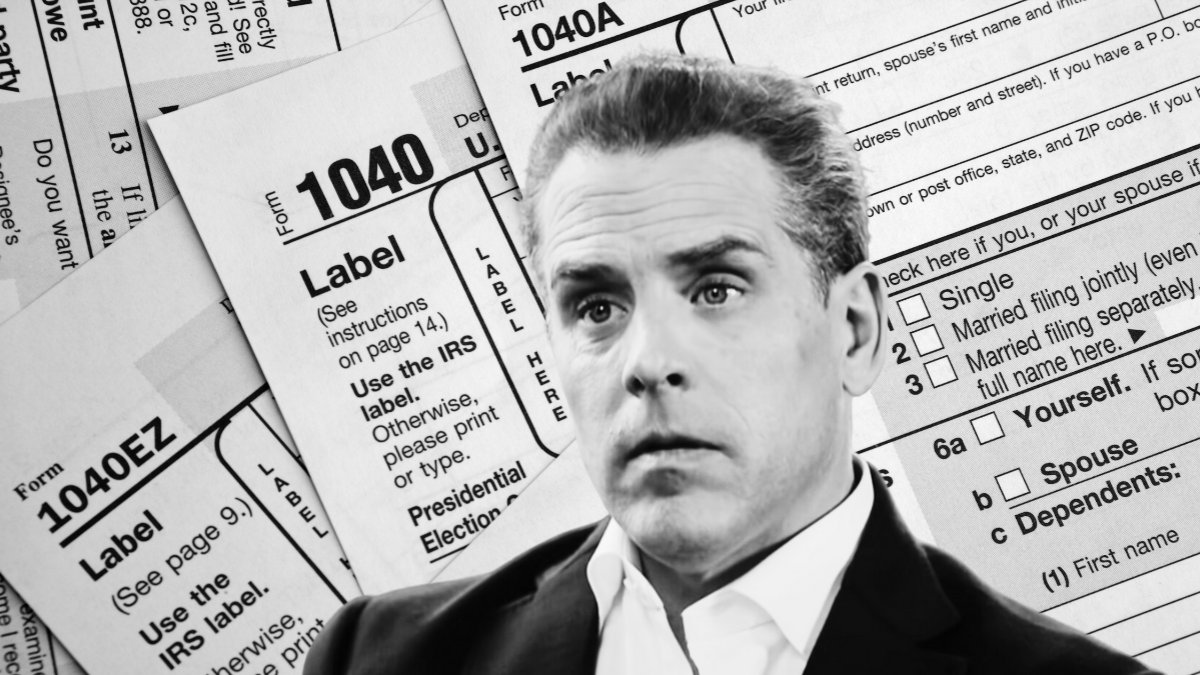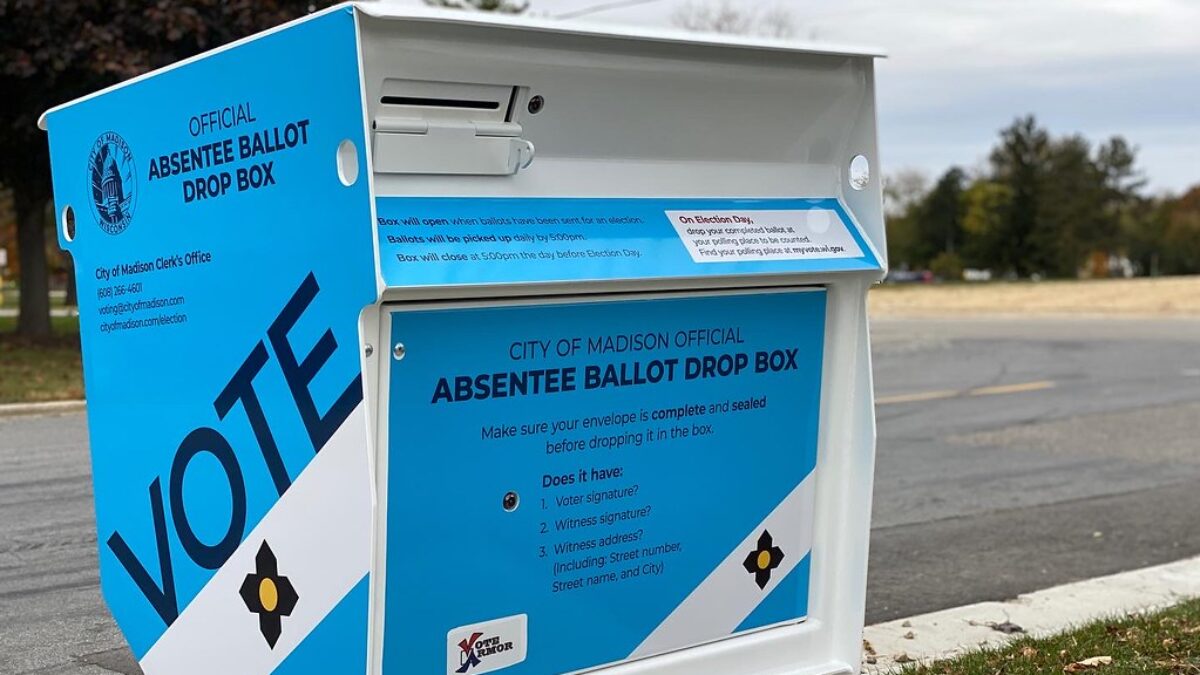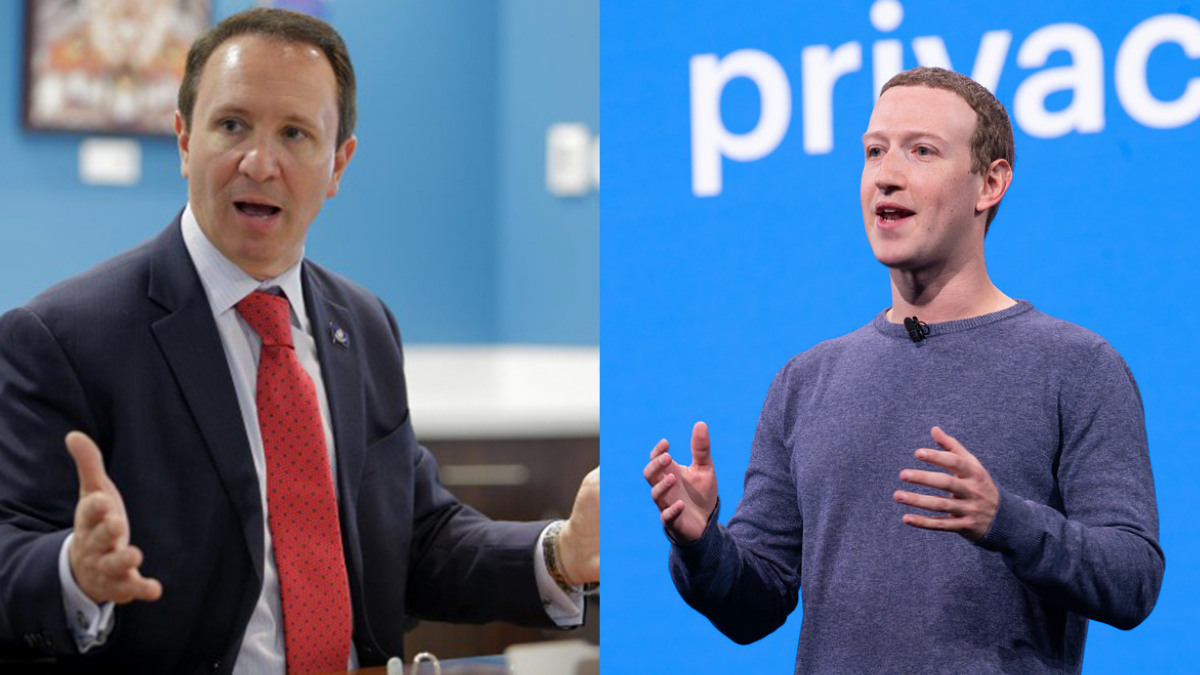
America’s first encounter with populism came with the gradual widening of the franchise in the generation that followed the nation’s founding. The political battles of the early republic had been fought, and new challenges created new alliances. As the states moved America closer to fulfilling its democratic promise by gradually removing the property requirements to vote, poor men also began to take their place in the electorate.
The eventual result was the birth of new parties and America’s first populist president, Andrew Jackson. His political life was another chapter in the ins-versus-outs fight that continues to this day, and his resilience in defeat shows a path forward for Americans today who, whether with Donald Trump or without him, look to continue the populist fight for the next generation.
The First Populists
As the founding generation passed away, their successors came from a much wider field. Four of the first five presidents were Virginians with vast landholdings, and the fifth was John Adams, a lawyer from Massachusetts. In 1824, though, four men contested the presidency from more far-flung places and backgrounds.
Adams’ son, John Quincy Adams, was from the most traditional mold. William Crawford, a Georgian who had served in the cabinets of the last two presidents, was another. And then there were two westerners, Jackson (a general from Tennessee) and Henry Clay (a lawyer from Kentucky), whose rivalry shaped the next generation of politics. A fifth, John C. Calhoun of South Carolina, dropped out to run for vice president.
In 1820, James Monroe ran unopposed for a second term, but the fight to succeed him was fierce. All four candidates identified as members of the same party, known to history as the Democratic-Republicans, owing to the collapse of the rival Federalist Party after the War of 1812. A true one-party state is impossible to sustain in a free country, though, and the split was underway even while all four claimed to be on the same side.
Jackson was the most populist of the four, a hero to the people since his victory over the British at the Battle of New Orleans in 1815. His actions in the Seminole War a couple of years later also endeared him to the landless men who wanted to open the west to settlement at the expense of the natives living there. His path to the top of popular sentiment was different from the other three and not connected with the elites of any state or region.
Jackson’s stance against the national bank marked him as the enemy of the eastern establishment, while his victories on the battlefield appealed to westerners who were proud of their expanding country. After decades of wealthy, landed presidents, Jackson was, as historian Michael F. Holt noted in his “The Rise and Fall of the American Whig Party: Jacksonian Politics and the Onset of the Civil War,” “a foe of the haughty East” and “a perfect standard-bearer for angry voters bent on venting resentments.” He was, in short, America’s first populist.
Against him were Adams, a member of that eastern establishment; Crawford, a states-rights man who was nonetheless seen as part of the Washington elite; and Clay, a westerner who favored tariffs and internal improvements. The result was an Electoral College vote that is more bizarre than any we are likely to see again. Jackson had the most electoral votes, but not a majority, so the race went to the House of Representatives.
There, each state delegation cast a single vote as they chose from among the top three candidates. Clay, in fourth place, was eliminated and threw his support to Adams, who was elected. Clay became secretary of state, and Jacksonians were left fuming over a “corrupt bargain” that cheated their man of the office they thought he had won.
The Aftermath
Jackson’s supporters invented the idea of a popular vote after that election, when their candidate won a plurality of votes in both the electoral and popular contests but still lost. No one had ever discussed a “popular vote” before that election, and six states still selected their electors through a vote of the state legislature, but it became a rallying cry for Jacksonians anyway. To this day, no one who lost the presidency while winning the popular vote ever stopped whining about it.

Jackson and his supporters did more than whine, however: They built a new party. Modern historians downplay the “corrupt bargain,” and for good reason. Adams and Clay were natural collaborators. Both were nationalist and moderate centralizers, and both supported tariffs to fund internal improvements. They and their followers scooped up a lot of former Federalists and became known as “National Republicans.”
Jackson and those opposed to the Adams-Clay group called themselves “Democrats.” They, like the National Republicans, were nationalist in outlook, but their view on the federal system was more strictly in line with the Constitution’s limited grant of power to the federal government. They opposed the national bank and believed government jobs should “rotate” — that is, change hands after an election rather than being held by a civil service they deemed corrupt. The divisions hardened, and a new party system was born.
The defeat in 1824 did not stop the rise of Jackson, nor did it end the realignment of the parties. Changes that began with the collapse of the Federalists continued apace because the issues did not go away when their standard-bearer lost his election.
Indeed, for populists, being on the outside looking in is a common condition. Jackson’s movement grew in defeat as his commitment to strict construction of the Constitution attracted many in the East who did not favor the Adams-Clay group but had once shied away from the uncouth westerners. Jackson’s Democrats became the dominant party, winning the White House for him in 1832 and 1836 and dominating the political scene until the Civil War broke and reshuffled political alliances once again.
Lessons for Today
Issues of trade and tariffs are once again as important as they were in Jackson’s day. Likewise, the fight over the national bank is mirrored in the populist efforts against the concentration of corporate power, especially on Wall Street and in Silicon Valley. Jackson’s suspicion of the civil service is the same as Trump’s concern about the “deep state.”
Then, as now, people at the top of these power structures all favor one party, and a “standard-bearer for angry voters bent on venting resentments” leads the other. Much of the talk about our 2020 election was expended on the people’s opinions of one man, Trump, but the issues that brought Trump to the White House in 2016 will not fade if he does ultimately lose his reelection bid.
Should that be the case, new leaders in his Republican Party can take the next four years to do what Jackson’s supporters did: figure out who has been left out of the success of the woke/corporate alliance. In what places and for which people did a rising tide fail to lift some of the boats? Who loves this country and has been alienated by radicals who see it as evil? Many of them are already Trump voters, but many more might join the opposition if we do, in fact, return to a government and economy dominated by a bicoastal establishment that has forgotten them.
Populism is seen as driven by anger, but the anger itself is driven by exclusion. To have their candidate excluded from power does not dampen the populists’ ardor for change, it only deepens it. No one who loses an election is happy about it, but the issues that drove our ongoing political realignment will continue to animate voters for years to come.









